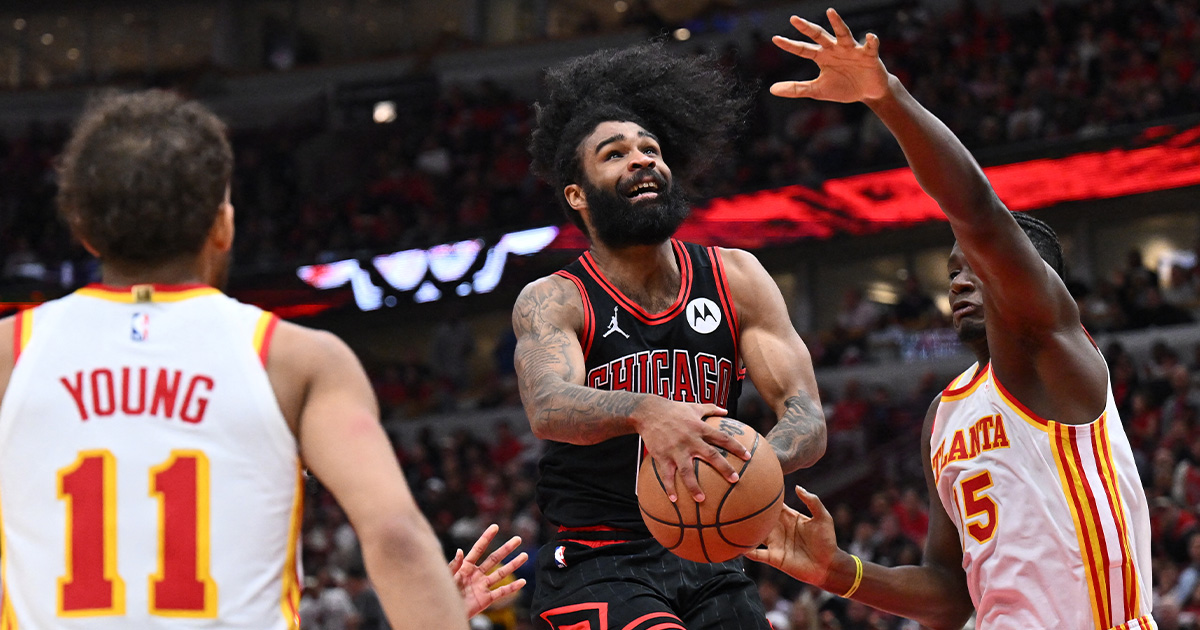Supports in MOBAs tend to carry certain stereotypes and mixed opinions. In a game genre where one’s resources is driven by kills and deaths, it is most logical to assume that getting more kills can make you win games.
Once you include teamwork in the factors to win, that same logic now seems less straightforward, needing to distribute resources among four other teammates. In a team, everyone pitches in individual effort to make a collaborative action and create results. In DOTA 2, no other role could make more than an effort than the supports.
Because of this, DOTA 2 is potentially the only MOBA where one can say that supports rule the metagame. They’re no carries that can terminate heroes in the blink of an eye, but they are the unsung heroes that make other heroes that beat other heroes a reality.
DOTA 2 from a support’s perspective
Supports are tasked with the job of making sure their carries can do their job later on. Roaming supports are versatile and can help all three lanes when needed, while hard supports are the “true supports”, making sure that their carry will live up to their role and carry the team to victory.
While it is commonly told that playing supports (especially Position 5) is similar to babysitting, it’s an understatement of their potential to bring wins. For a support, playing the game is like playing a trading card game (think Magic the Gathering and Yu-Gi-Oh!) because foresight and understanding of the enemy’s potential plays—especially if it can counter your own—goes a long way.
The impact of vision game
Because vision is one of the supports’ main responsibilities, it’s reasonable to say that they know more nuances than the carries when it comes to vision. In DOTA 2, even something like identifying whose ward costume is which can even lead to knowing who placed the ward, when was it placed, and how close or far the enemy is at relative to the duration.
To continue the card game logic, think of the supports’ Observer and Sentry wards as their ‘plays’. While destroying the wards in reachable locations can give you gold and experience, it may not be optimal to do so with every encounter. You are able to deward the area and reduce enemy vision, but it begs the question if destroying it at that specific time was better than destroying it later, when enemies are not close enough to retaliate.
Vision game, therefore, is not a simple matter of “more wards equals wins”, because acting on a miniscule threat with so much energy and effort translates to a win for the enemy more than a win for the player. Understanding the enemy’s plays, again, will go a long a way for making more plays as a support.
The world, on the supports’ shoulders
Because supports are mainly responsible for the carries, this puts an unparalleled amount of pressure for winning the game. Even if it’s blatantly clear that the carries are not playing well, the blame still ends up on the support. Therefore, supports are essentially taking the brunt of the team’s mistakes with everyone in the game aiming to hear that victory chant.
This makes supports more deserving of the honor and praise for setting up their team for success. DOTA 2 is potentially the only MOBA where supports gain more praise than the carries, because of everything they have to keep in mind. Where other MOBAs feature the carries as the playmakers, DOTA 2 shines a brand new light by actually crediting the efforts of who made the idea possible.
Wouldn’t it be more fitting that they are also dominating the metagame with such an investment?
Which Supports should you play?
One of the best supports right now is Bane with over 64% win rate across 94 professional matches, and 52.72% win rate in general. His success came from the Enfeeble rework in 7.23, making it sync well with the rest of his and his teammates’ abilities. With two game-changing disables in Nightmare and Fiend’s Grip, Bane can easily turn a 5v5 into a 5v3—essentially a success for the team with complete players.
Another support you should pick up is Ogre Magi with a 54% win rate in 7.27. While he’s no Bane, his simple playstyle and huge efficiency makes up for it. With damage, utility, and crowd control all in his kit, it is a perfect starting hero for novice supports. This way, focusing on macro skills such as vision and stacking camps will not be hindered by too much concern with micro skills.
Do you also think supports are ruling the metagame? Who are your favorite supports? Share your thoughts with us in the comments!















